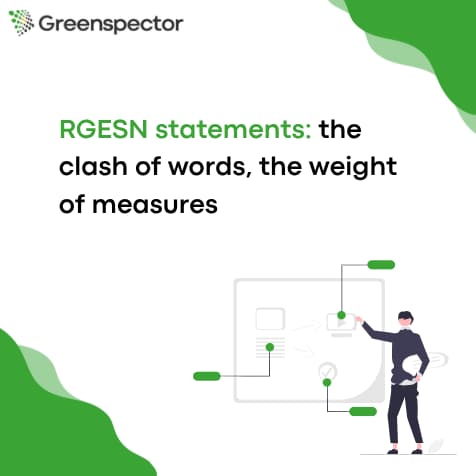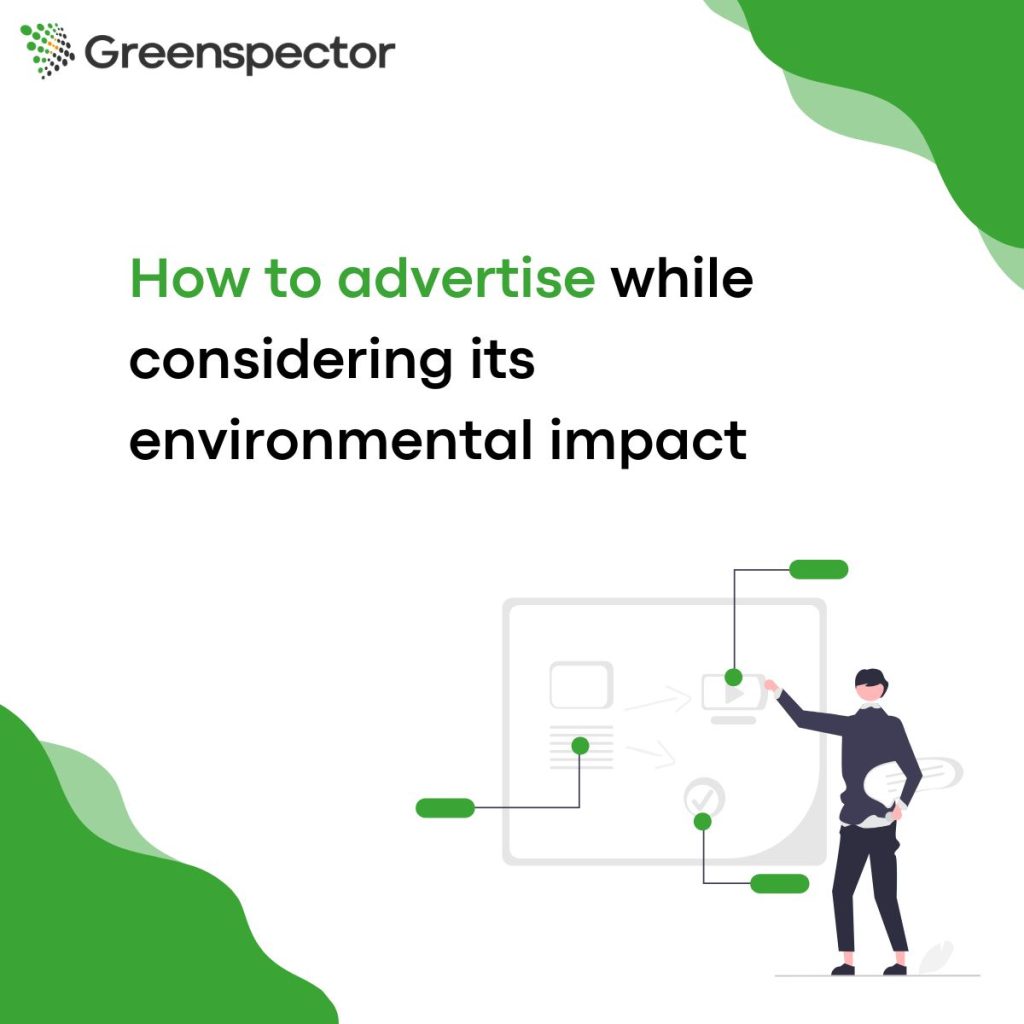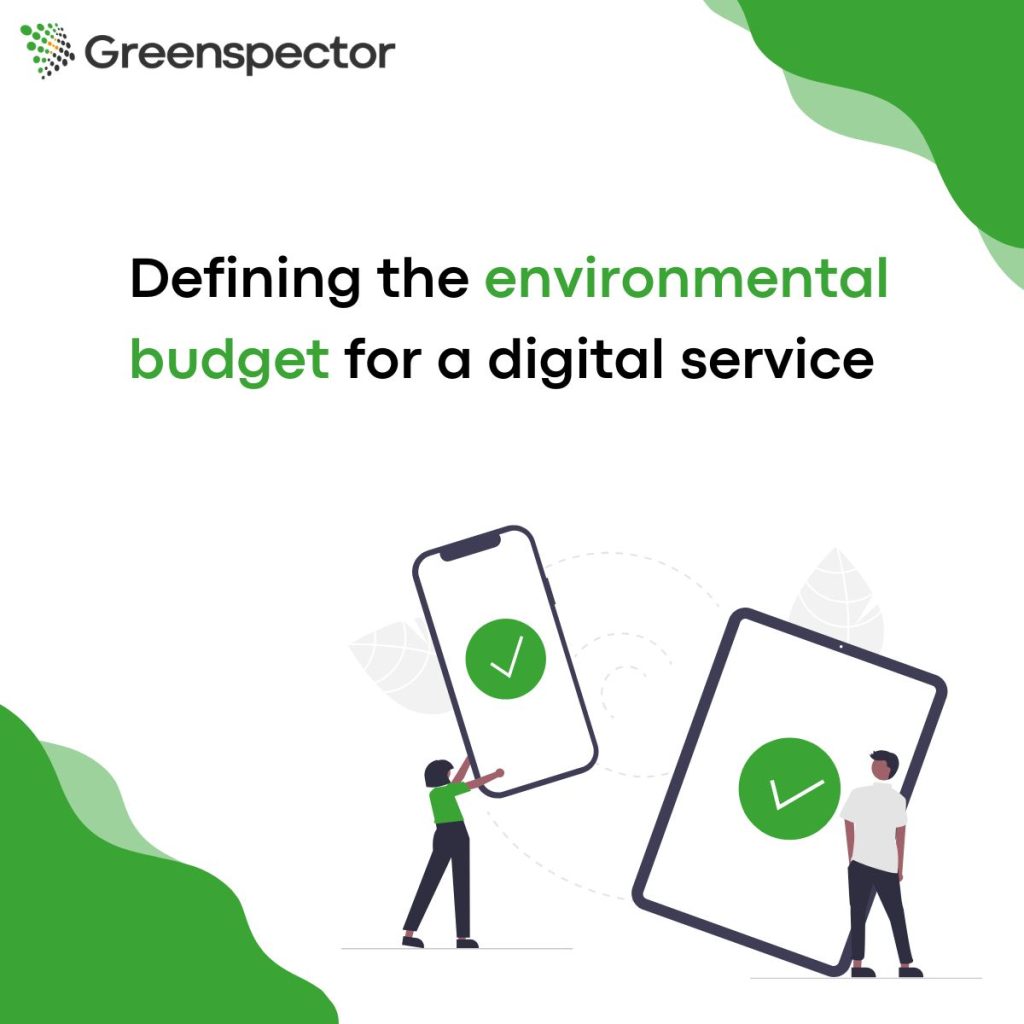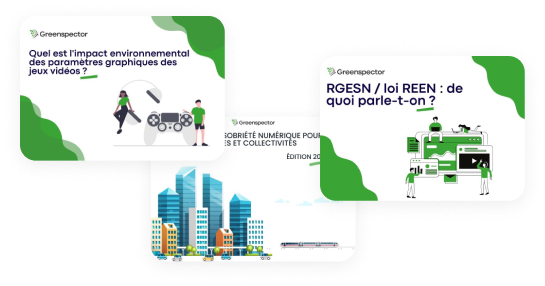Home » How Does Greenspector Contribute to Common Good?
3 plans pour des besoins spécifiques
How does Greenspector contribute to the common good?
See for yourself the actions we are taking.
At Greenspector, our mission is to help our customers to reduce the environmental impact of their digital services. We work every day to do so, in a way that compensates our impacts. To anchor this approach, we have written this into our articles of association and are a company with a mission.
Reducing the impact of digital technology means raising the awareness of all players in the sector. Raising awareness among as many players as possible will also help to accelerate the movement.
To do this, we regularly speak at schools, meetups, conferences and other events like Brown Bag Lunch, to introduce the subject to all digital professionals (POs, designers, etc.).
We are particularly determined to raise awareness among future players through courses in schools. That’s why, several years ago, we co-founded one of the first eco-design competitions, the Green Code Lab Challenge, aimed primarily at students in higher education.
We have also chosen to raise awareness through articles on our blog and through working groups and associations such as the Green Code Lab and the Green Lab Center.
We are also contributing to the common good by sharing part of our R&D.
Through this action, we want to improve the maturity of the sector and professionalise the field of measurement.
We also share our expertise by involving various stakeholders in the development of our methodology.
To this end, we are part of the following working group of l’AFNOR, the ISO/IEC expert group on the eco-design of digital services, we also publish our methodology for greater transparency.
We carry out public studies, in particular benchmarking solutions or measuring applications. In this way, we highlight the emission factors for certain uses.
Example 1: The impact of our videoconferencing habits
Example 2: The impact of one hour of Netflix viewing
By measuring our customers’ applications and websites, we are able to identify and recommend best practice. We contribute to and use existing benchmarks (GR491, RGESN, 115 best practices in web eco-design, Ethical Designers). Moreover, our experience (particularly through measurement) enables us to back up these recommendations with concrete feedback, and even to explore new avenues. Of course, we share these recommendations with our customers and incorporate them into our guidelines, awareness campaigns and blog articles.
We can make the tool available to certain special structures (non-profit associations or certain scientific projects, etc (VU Amsterdam))
Our strategy is to provide more limited versions of the tool free of charge. This is the aim, among others, of our Mobile Efficiency Index.
All these contributions to the common good are made in a context of reflection and action to improve the company’s place in the common good: financial and strategic transparency in relation to employees, integration into shareholding, etc. The company as a private commons.
Every week, time is allocated to each employee to carry out monitoring or participate in external projects related to Greenspector’s missions.
This is how we were able to contribute to the Web Almanach 2022 with the introduction to the chapter Sustainability.
We are also participating in a W3C working group aimed at producing recommendations on digital sobriety applied to the web.
When Greenspector was created, we chose not to open up our source code. As an innovative software publisher, our source code is the result of several years of R&D. Along with the talent that makes up our teams, it’s our main strength. It is the value we generate through our licence sales that has enabled us to finance all the above-mentioned actions for all these years. Without it, our business would be neither sustainable nor viable, and our contribution to the common good would be much more limited.
Software whose code is not open-source is not “privative” in itself; it is the way in which it is used and managed that will lead to a deprivation of rights and a non-participation in the common good.
Our position is not the only one, but we believe that the diversity of approaches will help to resolve the current environmental problems.
There are many ways of participating in the common good, and we try to work towards this in a concrete, transparent way every day, and we are proud of our approach and its results.
Find the latest news, best practices and advice to reduce your impact




With Greenspector Studio we measure the energy efficiency of our application, used by 7 million customers every month, after each Build. This enables us to reduce our carbon footprint, improve our performance and strengthen our brand image.

François LANKAR
Applications Manager, Bouygues Telecom
Working on sobriety clearly makes for a better performing application.

Julien AZRIA
Digital Front Chapter Leader, Crédit Agricole Technologie & Services
With Greenspector Studio, testers can guide developers by identifying regressions or undesirable effects of a modification.

Florence GUERLAIS
Manager, Test & QA Center of Expertise, Air France
Measure the sobriety and performance of your app before going into production. Anticipate defects,
detect energy bugs, correct, improve!